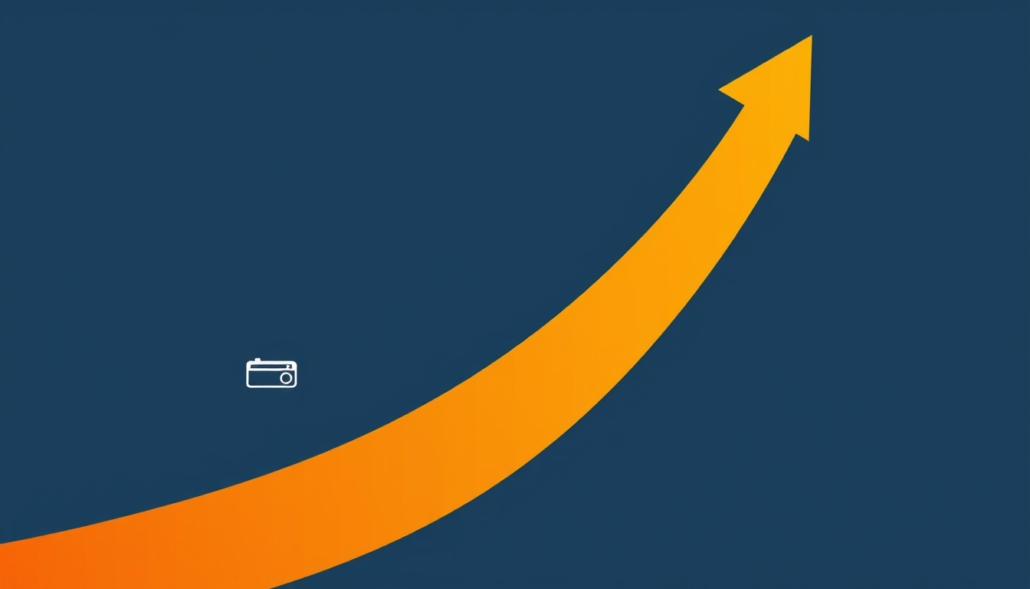‘K-Shaped’ Spending Reveals Economic Divide Across Key Sectors
The U.S. economy struggles with recession fears, a government shutdown, and tariff doubt. Consumer spending shows a split. Wealthy Americans spend more with extra funds. Lower-income buyers cut back on costs.
Understanding the ‘K-Shaped’ Economy
The term “K-shaped” shows how groups move in different ways.
• The top group gains money, grows its buying power, and sees financial wins.
• The bottom group loses income and limits spending.
This trend appears in many big sectors. The gap between rich and poor widens.
Key Economic Indicators and Upcoming Reports
The Labor Department must release its Consumer Price Index report. The report was held back because of a recent government shutdown. It marks price shifts in goods and services, a key sign of household stress. The report does not include shutdown effects but sheds light before the Social Security Administration sets cost-of-living changes on November 1. ### Sector-by-Sector Breakdown of Bifurcation
Food and Beverage
-
Coca-Cola leads in consumer trends. CEO James Quincey notes that higher-priced drinks such as Topo Chico sparkling water and Fairlife protein shakes boost sales. Rich buyers choose these products. Yet, Coca-Cola sees steady demand at both dollar stores for bargain seekers and at fast-casual spots and parks that attract wealthier buyers.
-
McDonald’s faces fewer visits from lower- and middle-income families. CEO Chris Kempczinski calls this a “two-tier economy.” Rich buyers continue their habits, while others skip meals or eat at home to save money. Chipotle’s CFO Adam Rymer adds that money-strapped groups feel pressure, which shapes future price steps.
Automotive and Airfare
- In cars, the average new vehicle price is now over $50,000. Rising auto loan troubles and vehicle repossessions hit most buyers with low credit scores. Cox Automotive analyst Erin Keating sees that rich households drive the high-end market.
- In air travel, premium seat sales for airlines like Delta top those of coach cabins. CEO Ed Bastian sees steady sales of higher-priced, more spacious seats among wealthier travelers.
Hospitality
- Hilton’s CEO Christopher Nassetta sees this spending split but expects it to change soon. He thinks that a drop in inflation and interest rates may bring lower- and middle-income buyers back. Recent Hilton news shows that revenue in budget hotels, like Hampton by Hilton, falls while luxury brands perform well. This split in sales marks the change in consumer behavior.
What This Means for the Economy
The “K-shaped” spending shows that not all buyers feel better off. Those with extra money can handle rising prices while they still spend. Others cut out non-essential buys and pick more budget-friendly choices. This split challenges businesses, forcing them to serve groups with very different needs.
Looking Forward
The Consumer Price Index report comes soon. Analysts and policy experts now watch how price shifts hit each income group. Some industry heads hope that softer inflation and easier conditions soon will smooth the spending split and bring a more even recovery.
Contributors to this report include CNBC’s Amelia Lucas, Michael Wayland, Alex Harring, Luke Fountain, and Leslie Josephs.
Stay informed with CNBC PRO and our Investing Club for in-depth market analysis and real-time updates.
Full money-growing playbook here:
youtube.com/@the_money_grower
